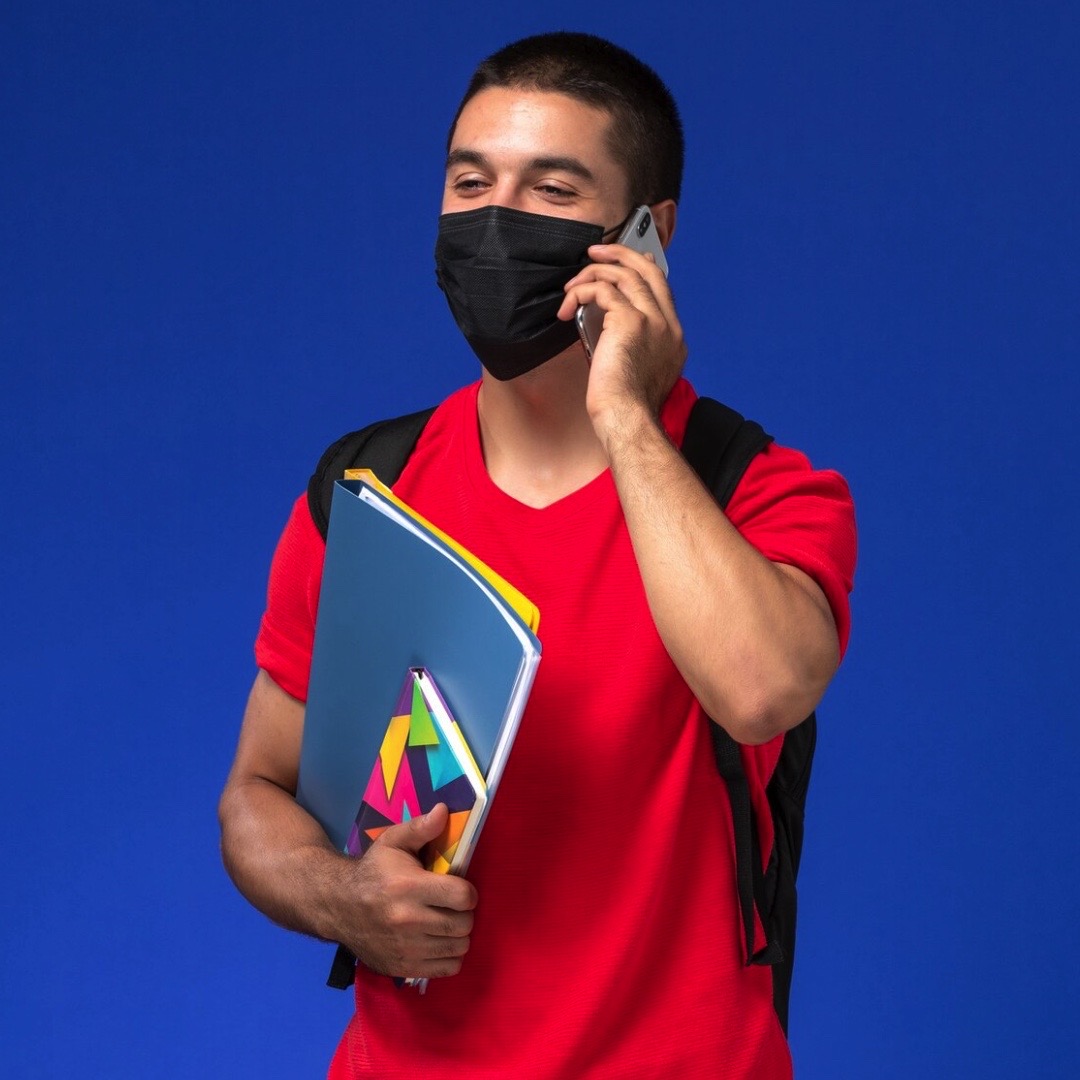Young Latina college students’ perspectives on mask-wearing post lifting of mask mandates

Accepted: 23 February 2023
Supplementary Materials: 34
All claims expressed in this article are solely those of the authors and do not necessarily represent those of their affiliated organizations, or those of the publisher, the editors and the reviewers. Any product that may be evaluated in this article or claim that may be made by its manufacturer is not guaranteed or endorsed by the publisher.
Authors
Confusion, miscommunication, and debate regarding the benefits of wearing masks, social distancing, and stay-at-home orders ensued for much of the COVID-19 pandemic. Without a consistent message from the government, doubt regarding masks’ effectiveness in preventing the spread of COVID-19 became common and led to an anti-masking effort and resistance to COVID-19 protocols. This qualitative study used thematic analysis to understand experiences of young Latina college students during the pandemic and how these experiences contributed to their decisions to continue following COVID-19 protocols after the lifting of relevant restrictions. Twenty-two Latina college students were interviewed, and interview transcripts were analyzed to identify themes. Four themes emerged: i) disinformation and mistrust, ii) economic impacts, iii) emotional impacts, and iv) maintaining health. Thematic analysis of in-depth interviews allowed for a deeper understanding of health-seeking behaviors of Latina college students. Inconsistent messaging from public health officials during the pandemic contributed to confusion and resistance to the various mandates among participants—the majority of whom, as of this writing (June 2022), have chosen to continue to wear masks and follow other protocols despite public health and university officials lifting mask mandates.
How to Cite

This work is licensed under a Creative Commons Attribution-NonCommercial 4.0 International License.
PAGEPress has chosen to apply the Creative Commons Attribution NonCommercial 4.0 International License (CC BY-NC 4.0) to all manuscripts to be published.

 https://doi.org/10.4081/qrmh.2023.10837
https://doi.org/10.4081/qrmh.2023.10837



